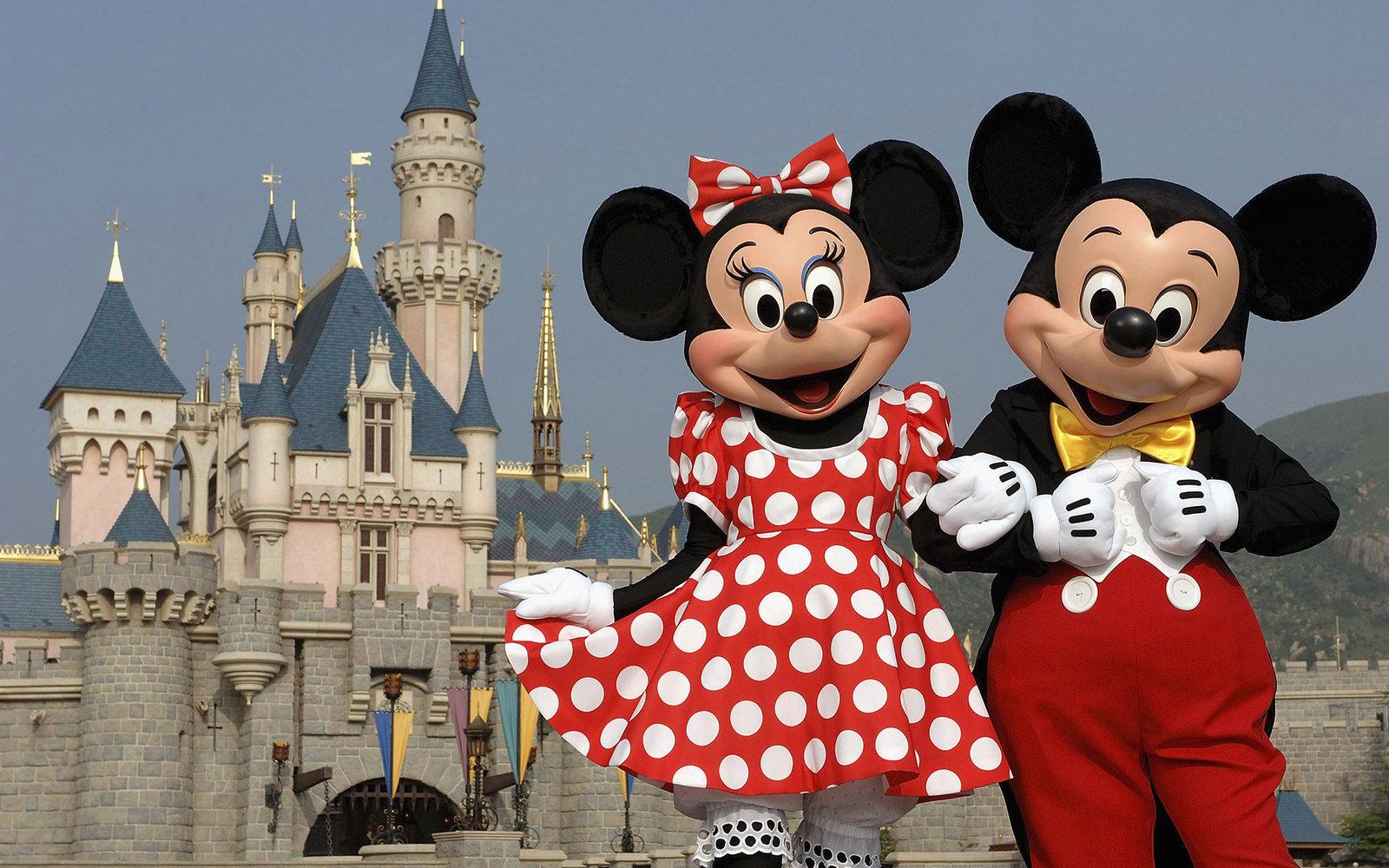
The media and entertainment giant, The Walt Disney Company (DIS) had seemingly come a full circle three weeks ago when on Sunday, November 20, the company’s board decided to let go of Bob Chapek as chief executive to announce the return of his predecessor, Robert A. Iger, to run the company with immediate effect.
With this move, DIS has effectively replaced Mr. Iger’s handpicked successor with Mr. Iger himself. Having led the company for fifteen years, from 2005 to 2020, he has been given two years to find a successor all over again while steering the company on the right path in a pivotal period in the company’s 99-year history.
One of Mr. Iger’s priorities would be to plug the holes in DIS’s direct-to-consumer division, which has been losing money at a rapid pace.
As a part of its overhauling strategy, DIS is expected to strengthen its operational control of HULU by acquiring Comcast Corporation’s (CMCSA) remaining 33% stake in the streaming services. In a further push towards profitability, on December 8, DIS officially launched Disney+ ad-supported tier for $7.99 per month, $3 per month less than the ad-free version.
Despite DIS’s efforts to reposition itself in the streaming landscape by making its services profitable and accessible, macroeconomic headwinds threaten to dampen its near-term prospects. Amid increased competition from other streaming service providers, rising interest rates, and fears of an imminent economic slowdown, softened demand and decreasing discretionary expenditure may foil DIS’s recovery plans.
Here are the factors that could influence the near-term performance of DIS.
Unsatisfactory Financial Performance
For the fourth quarter of the fiscal year, ended October 1, 2022, DIS reported a net income of $254 million, down 0.8% year-over-year. During the same period, the company’s EPS was flat at $0.09. Its total current assets stood at $29.10 billion, as of October 1, 2022, compared to $33.66 billion as of October 2, 2021.
Poor Profitability
DIS’s trailing 12-month gross profit margin of 34.24% is 32% lower than the industry average of 50.32%. The company’s trailing 12-month EBITDA and net income margins of 14.5% and 3.8% are 23.5% and 15.7% lower than its industry averages of 18.95% and 4.51%, respectively.
In terms of the trailing 12-month ROCE, ROTC, and ROTA, DIS also underperforms the industry averages of 6.18%, 4.13%, and 2.30% by 43.7%, 35.6%, and 32.8%, respectively.
Bearishness in Stock Price Action
DIS’ stock is currently trading below its 50-day and 200-day moving averages of $97.54 and $109.95, respectively, indicating a bearish trend. The stock has slumped 40.4% year-to-date to close the last trading session at $93.38.
Stretched Valuation
Despite its downward price momentum, the stock is still trading at a premium compared to its peers. In terms of forward P/E, DIS is currently trading at 22.33x, 52.9% higher than the industry average of 14.61x. The stock’s forward EV/Sales multiple of 2.46 is 32.8% higher than the industry average of 1.85, while its forward EV/EBITDA multiple of 14.27 is 74.3% higher than the industry average of 8.19.
Also, the stock’s forward Price/Sales multiple of 1.87 compares unfavorably with the industry average of 1.23.
POWR Ratings Reflect Weakness
DIS has an overall D rating, which equates to Sell in our proprietary POWR Ratings system. The POWR Ratings are calculated considering 118 different factors, with each factor weighted to an optimal degree.
Our proprietary rating system also evaluates each stock based on eight different categories. DIS also has a D grade for Value and Quality, owing to its stretched valuation and lower profitability relative to its peers.
DIS is ranked #12 of 16 stocks in the Entertainment – Media Producers industry.
Beyond what has been discussed above, additional ratings for the Growth, Stability, Momentum, and Sentiment of DIS can be found here.
Bottom Line
Although DIS’s size, history, and global appeal make it well-positioned to remain a long-term performer, its near-term prospects look bleak due to macroeconomic turbulence.
Analysts expect the company’s EPS for the fiscal first quarter to decrease 24.5% year-over-year to $0.80. Moreover, it has missed consensus EPS estimates in two of the trailing four quarters.
In addition, given its poor profit margins and high valuation, it would be wise to avoid the stock now.
How does The Walt Disney Company (DIS) Stack up Against Its Peers?
DIS has an overall POWR Rating of D, which equates to a Sell Rating. Therefore, you might consider looking at its industry peer, AMC Networks Inc. (AMCX), which has a B (Buy) rating.
DIS shares rose $0.30 (+0.32%) in premarket trading Monday. Year-to-date, DIS has declined -39.71%, versus a -16.24% rise in the benchmark S&P 500 index during the same period.
About the Author: Santanu Roy

Having been fascinated by the traditional and evolving factors that affect investment decisions, Santanu decided to pursue a career as an investment analyst. Prior to his switch to investment research, he was a process associate at Cognizant. With a master's degree in business administration and a fundamental approach to analyzing businesses, he aims to help retail investors identify the best long-term investment opportunities.
1 Risky Stock You Might Not Want to Touch Right Now StockNews.com






